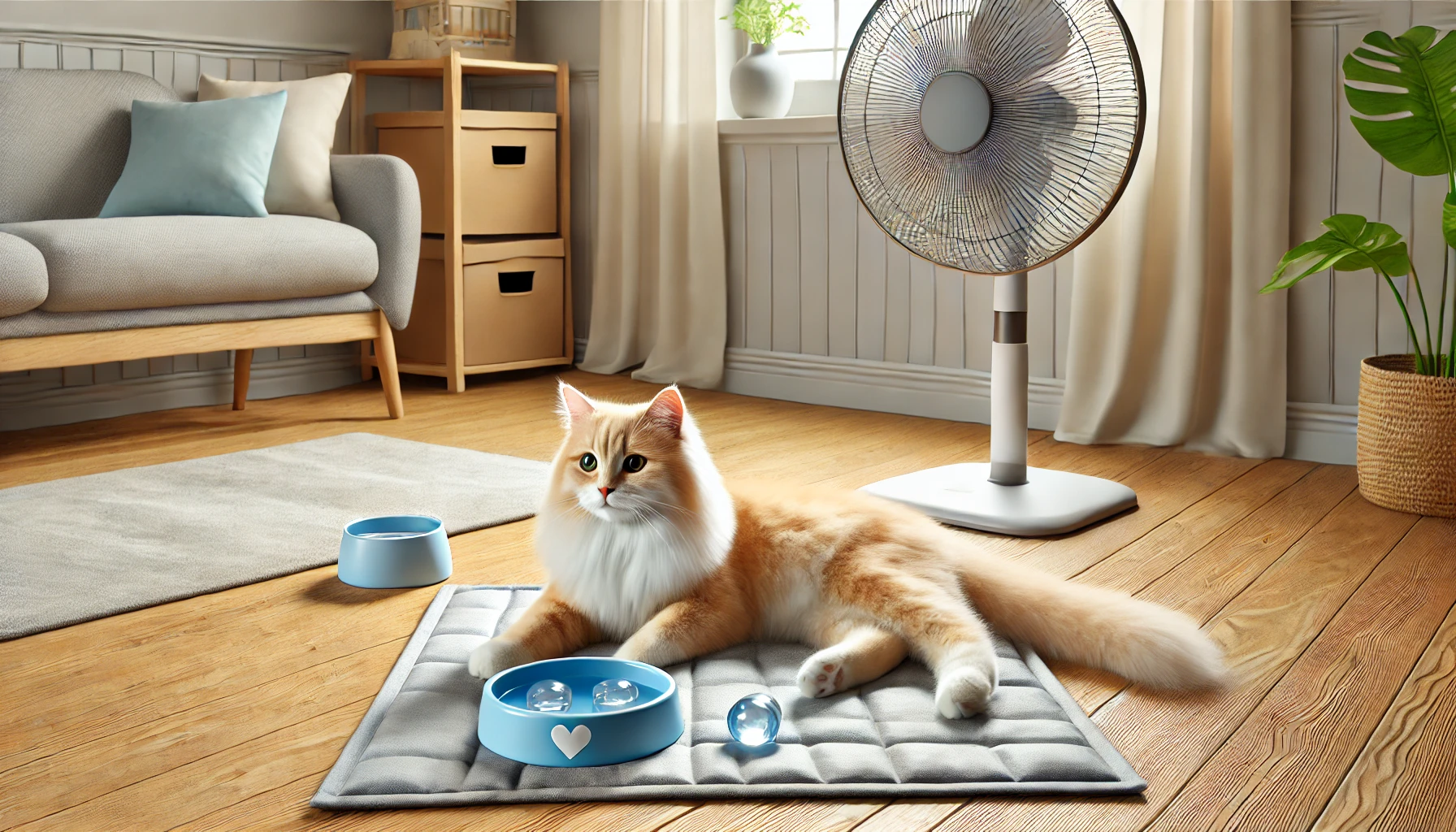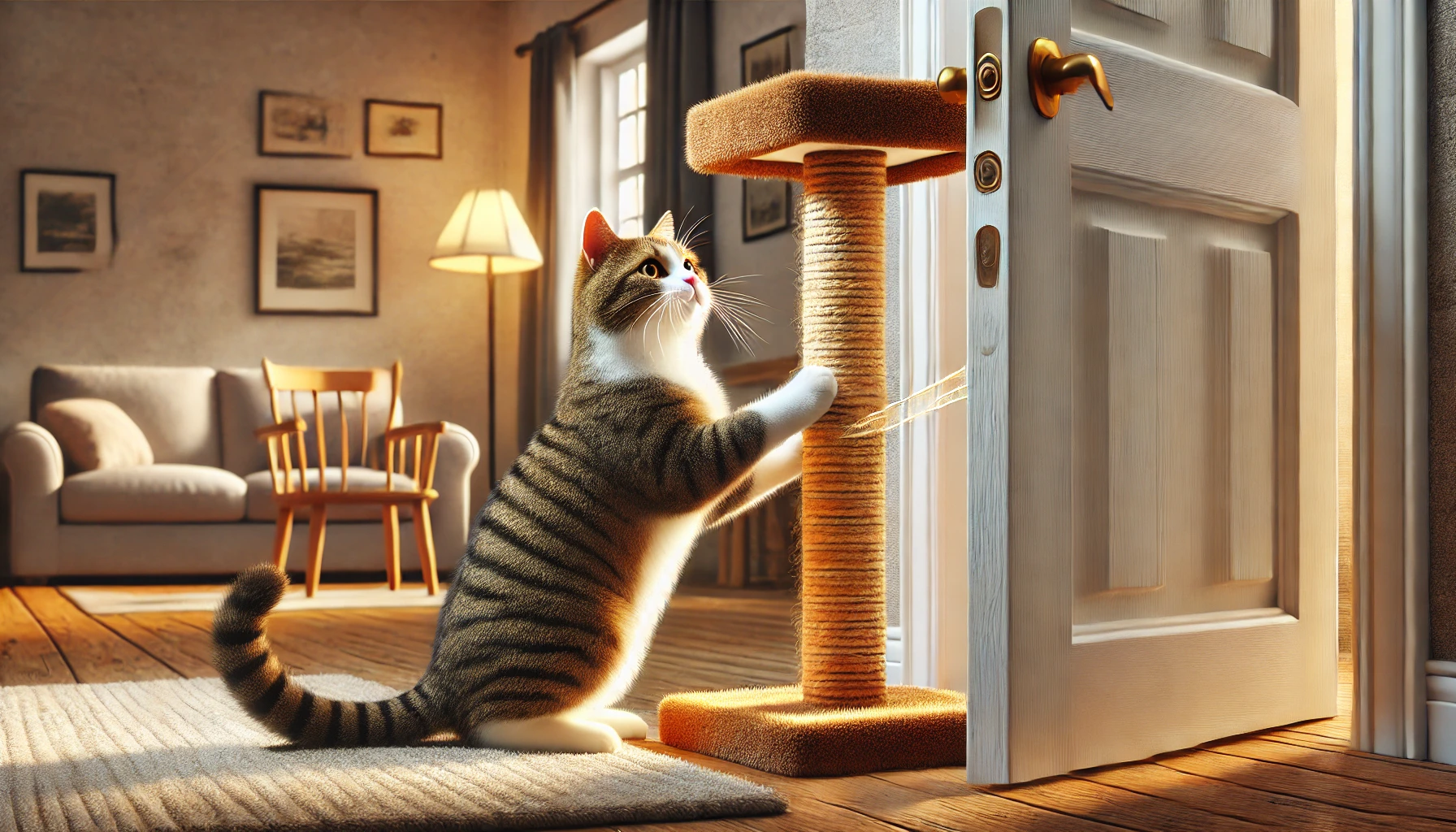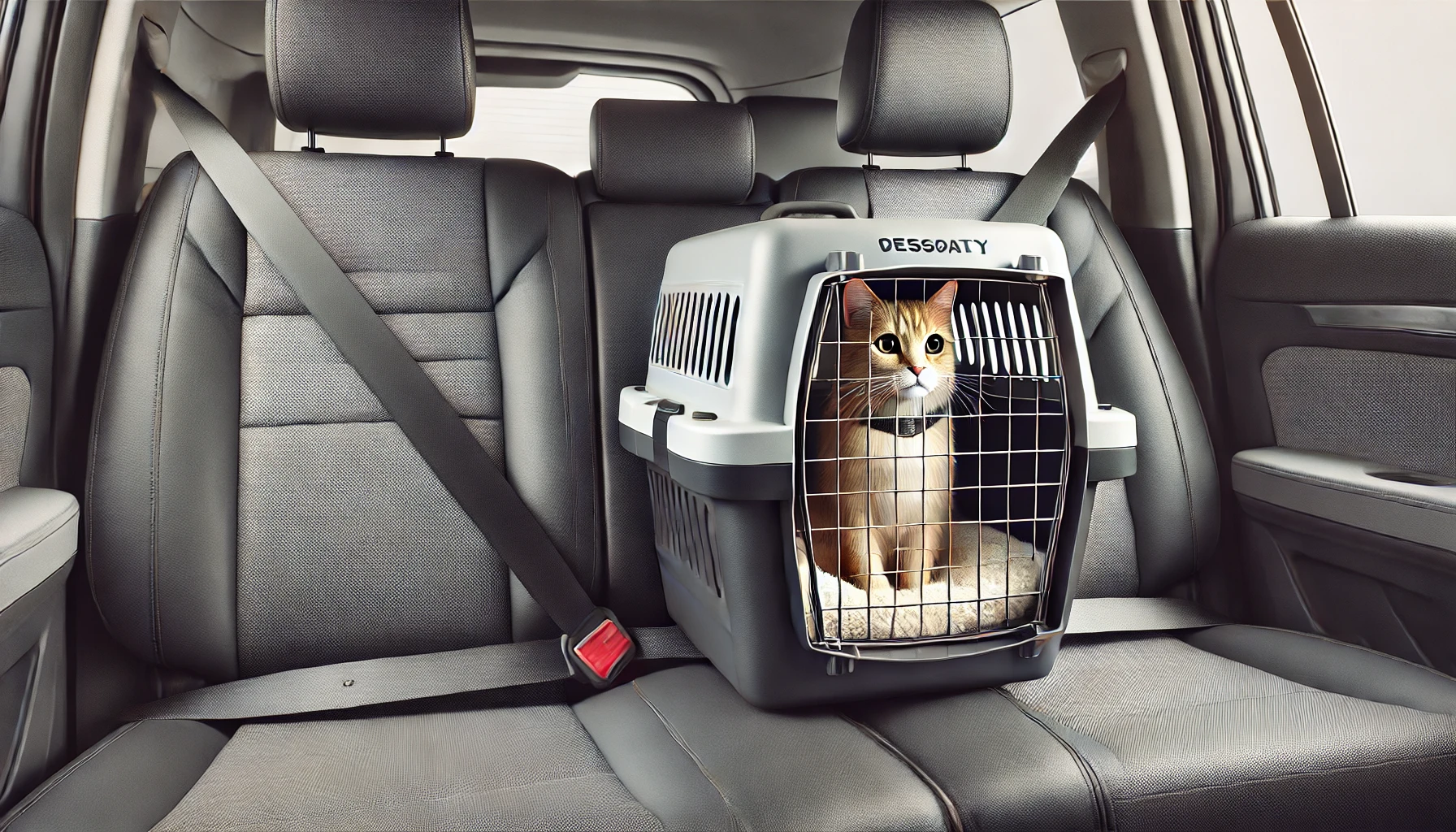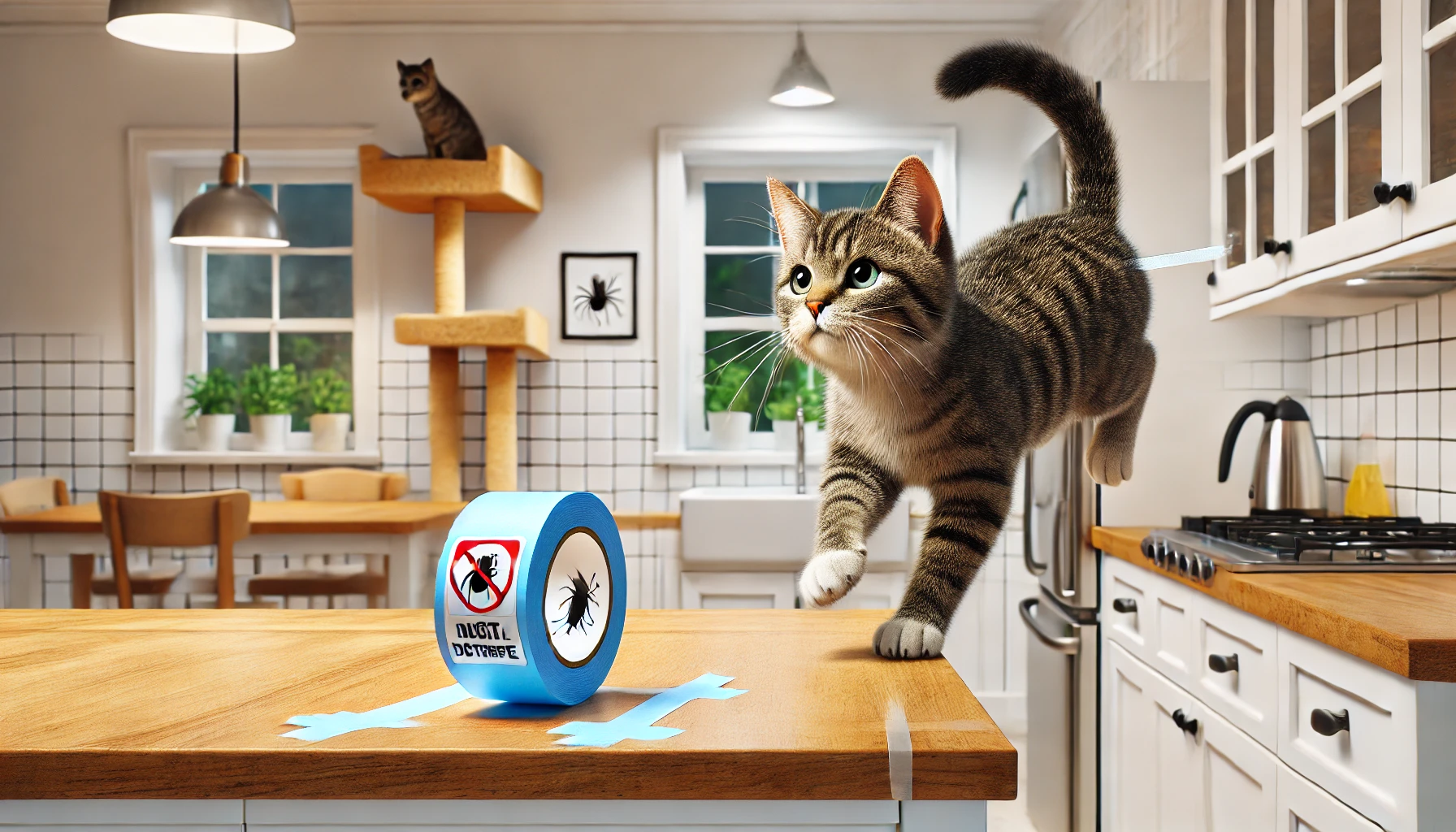A cat’s eyes are sensitive and delicate, making them prone to infections, irritation, and vision problems. Regular eye care and early detection of issues can prevent discomfort and serious health complications.
In this guide, you’ll learn how to keep your cat’s eyes clean, recognize signs of eye infections, and prevent common eye problems.
1. Recognize the Signs of Healthy vs. Unhealthy Eyes
A healthy cat’s eyes should be clear, bright, and free from discharge.
✅ Signs of Healthy Eyes:
✔ Clear, bright eyes with no cloudiness.
✔ No excessive blinking or squinting.
✔ No redness, swelling, or discharge.
✔ Pupils that react normally to light.
🚨 Signs of Eye Problems:
❌ Red or swollen eyelids.
❌ Excessive tearing or discharge.
❌ Squinting, blinking, or rubbing the eyes.
❌ Cloudy or dull-looking eyes.
🚨 If you notice any of these symptoms, a vet check-up is needed!
2. Keep Your Cat’s Eyes Clean
Regularly cleaning your cat’s eyes prevents infections and removes dirt buildup.
✅ How to Clean Your Cat’s Eyes Safely:
✔ Use a soft, damp cotton pad or sterile gauze.
✔ Gently wipe from the inner to the outer corner.
✔ Use a fresh pad for each eye to prevent cross-infection.
✔ If needed, use vet-approved saline solution for extra cleaning.
🚨 Common Mistake: Using human eye drops or harsh chemicals.
Instead: Only use vet-recommended products!
3. Watch for Common Eye Infections in Cats
Eye infections can develop due to bacteria, viruses, or allergies.
🚨 Signs of an Eye Infection:
❌ Yellow, green, or thick discharge.
❌ Swollen or crusty eyelids.
❌ Excessive blinking or squinting.
❌ Pawing at the eyes.
✅ How to Treat an Eye Infection:
✔ Keep the area clean with a vet-approved solution.
✔ Use prescribed eye drops or ointments if recommended by a vet.
✔ Keep your cat indoors until the infection clears.
🚨 If an infection lasts more than a few days, consult a vet immediately!
4. Prevent Eye Irritation and Allergies
Certain household irritants can cause eye redness, watering, and irritation.
✅ How to Reduce Eye Irritants:
✔ Avoid strong cleaning chemicals or air fresheners near your cat.
✔ Keep dust and pollen levels low by cleaning regularly.
✔ Use unscented cat litter to reduce airborne particles.
🚨 Common Mistake: Assuming watery eyes are always normal.
Instead: Persistent tearing may indicate an underlying issue.
5. Protect Against Eye Injuries
Outdoor cats or multi-pet households have a higher risk of eye injuries from scratches or debris.
✅ Ways to Prevent Eye Injuries:
✔ Keep sharp objects or thorny plants away from your cat’s space.
✔ If your cat plays with other pets, trim their nails regularly.
✔ Supervise outdoor time to avoid fights or accidents.
🚨 If your cat’s eye looks scratched or swollen, seek immediate vet care!
6. Address Tear Stains in Light-Colored Cats
Cats with white or light fur may develop dark tear stains near their eyes.
✅ How to Remove Tear Stains:
✔ Use a soft, damp cloth daily.
✔ Try vet-approved tear stain removers.
✔ Keep the area dry to prevent bacteria buildup.
🚨 Common Mistake: Using harsh chemicals or homemade solutions.
Instead: Stick to safe, cat-friendly products.
7. Watch for Age-Related Eye Problems
Senior cats are more prone to vision problems like cataracts or glaucoma.
✅ Signs of Vision Issues in Older Cats:
✔ Cloudy or bluish eyes.
✔ Bumping into objects or acting disoriented.
✔ Hesitation when jumping or climbing.
🚨 If you suspect vision loss, a vet visit is essential!
8. Schedule Regular Vet Eye Exams
Routine vet visits help catch eye problems early before they become serious.
✅ Vet Eye Care Checklist:
✔ Annual eye check-ups (or more for senior cats).
✔ Screening for eye infections, cataracts, or glaucoma.
✔ Discussing any new symptoms or changes in vision.
🚨 Early detection can prevent long-term damage and vision loss!
9. Support Eye Health with Proper Nutrition
A diet rich in essential nutrients supports healthy vision and eye function.
✅ Best Nutrients for Eye Health:
✔ Vitamin A – Supports retinal health (found in liver, fish, and eggs).
✔ Taurine – Essential for preventing vision loss.
✔ Omega-3 fatty acids – Reduce inflammation and promote eye health.
🚨 Feed your cat a balanced, high-quality diet for optimal eye care!
10. Know When to See a Vet Immediately
Some eye conditions require urgent veterinary attention.
🚨 Seek Emergency Care If Your Cat Has:
❌ A swollen, bulging, or completely closed eye.
❌ Sudden blindness or severe vision loss.
❌ Heavy bleeding or pus from the eye.
❌ A deep scratch or visible eye injury.
🚨 Delaying treatment can result in permanent damage—seek help ASAP!
Final Thoughts
Caring for your cat’s eyes is essential for their overall health and quality of life. By practicing regular eye care and monitoring for early signs of problems, you can help your cat maintain clear, healthy vision for years to come!
🐱 Key Takeaways:
✅ Clean your cat’s eyes regularly and gently.
✅ Watch for redness, swelling, or unusual discharge.
✅ Protect against eye injuries from other pets or sharp objects.
✅ Reduce irritants like dust, scented litter, and strong chemicals.
✅ Provide a nutrient-rich diet for eye health.
✅ Schedule annual vet eye exams.
✅ Seek immediate vet care for serious eye conditions.
With proper care and attention, your cat’s eyes will stay bright, clear, and healthy! 🐾💖





